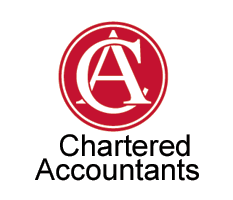How negative gearing works
November 6, 2015 9:47 am Leave your thoughtsNegative gearing is a popular tax strategy that gives investment property owners the ability to offset the cost of owning a property against their assessable income.
Negative gearing involves generating short to medium term tax losses, which arise from tax-deductible costs that are higher than investment income, and leveraging this to increase exposure to potential gains and losses.
It is a popular strategy due to its ability to reduce an investor’s taxable income through their tax losses, resulting in a lower annual income tax bill.
For example, if the rent of a property was $350 per week, and the property was fully tenanted for a full financial year, the rental income would be $18,200. If the deductible expenses for that year were $30,000, the net rental loss would be $11,800. The $11,800 loss can then be applied to reduce the property owner’s taxable income.
Under Australian income tax law, property owners can claim a tax deduction for any cost they incur if it is sufficiently connected to their investment property. Non-cash expenses, such as depreciation, can also be deducted. General tax deductions relating to rental income include:
-
Borrowing costs
-
Council rates and water fees
-
Depreciation on assets
-
Property inspections
-
Repairs and maintenance
While negative gearing carries many benefits to property owners, the strategy isn’t without pitfalls. Negatively geared property results in a loss, so before committing to the strategy, it is worth considering aspects like what will happen if you cannot fill your rental property at any one time, or if there is a dramatic turn down in property values and your investment fails to increase in value.
Categorised in: Firm journal
This post was written by admin


